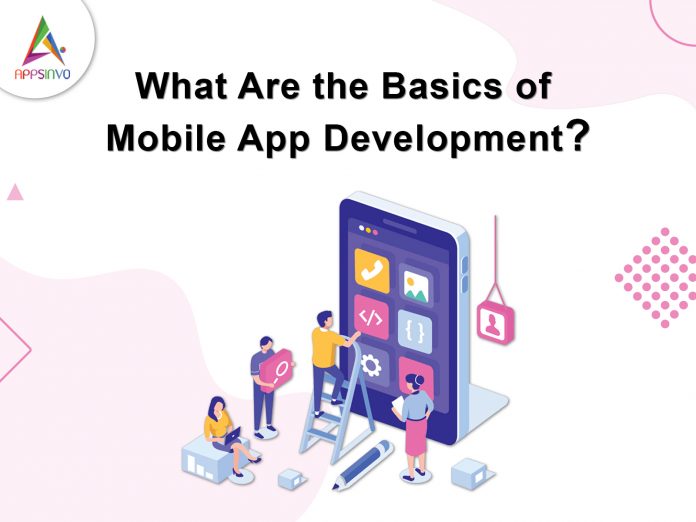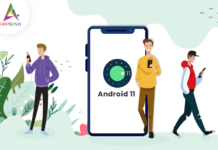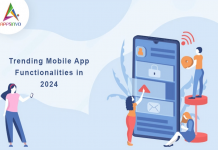Mobile App Development Basics
Mobile application development is the business of designing, developing, testing, and maintaining software applications that are developed specifically for mobile devices like handphones and tablet computers. This means both the mobile-only apps, meaning the native apps (apps that are developed for iOS, Android, or any other operating system), and the web-based apps, meaning the ones that can be accessed via an HTML5 mobile browser.
The key aspects of mobile app development include:
- Defining the App Concept and Requirements
- Choosing the Platform and Tech Stack
- Designing the User Interface and Experience
- Developing the App Functionality
- Testing and Debugging the App
- Deploying and Maintaining the App
Let’s explore each of these steps in more detail:
1. Defining the App Concept and Requirements
The first step involves specifying the goal of your mobile app and the essential characteristics it should possess. This entails carrying out market analysis for the target audience and defining features that the mobile application must possess. Key questions to answer include: Key questions to answer include:
- What problem does the app solve for users?
- What are the main features and user flows?
- How will the app differentiate itself from competitors?
- What platforms (iOS, Android, etc.) should the app support?
- What are the technical and design requirements?
Documenting the app concept, target audience, and functional requirements will serve as a roadmap for the development process.
2. Choosing the Platform and Tech Stack
The next step is to choose the right mobile application platform, which involves choosing the right type of single or combined environment along with the right technology stack. The two major mobile operating systems are iOS – used on Apple products and Android which is for any that hasn’t been mentioned.
- iOS: Swift, Objective-C, Xcode
- Android: Java, Kotlin, Android Studio
- Cross-platform: React Native, Flutter, Xamarin
3. Designing the User Interface and Experience
In general, usability is a key factor of mobile applications and plays a crucial role for adoption. It entails the development of site maps, templates, and –mock-ups to define the looks of the app, navigation structures, and users’ actions.
Key design considerations include:
- Intuitive navigation and information hierarchy
- Responsive and adaptive layouts for different screen sizes
- Consistent branding and visual aesthetics
- Smooth animations and transitions
- Accessibility for users with disabilities
Iterating on the design based on user feedback and testing is essential to ensure an optimal user experience.
4. Developing the App Functionality
Once the design is laid down, the deviations team can start designing the app and exploring its primary features. This involves writing the codebase, integrating backend services, and incorporating various mobile-specific features such as:This involves writing the codebase, integrating backend services, and incorporating various mobile-specific features such as:
- Geolocation and mapping
- Camera and image/video capture
- Push notifications
- Offline functionality
- Biometric authentication
- In-app purchases and monetization
To meet all these demands developers will also have to perform duties such as data storage, network communication and integration with device hardware. It also shows that when working within the confines of a particular platform, one has to adjust to the set standards and meet all of them to create a quality app.
5. Testing and Debugging the App
Thorough testing is essential to identify and fix any bugs or issues before releasing the app. This includes:
- Unit testing: Demonstrating that components deliver the expected functionality
- Integration testing: Currently, one of the significant challenges in the development of an app is coordinating different areas of the app, making them function as one integrated solution.
- Usability testing: Using Is to assess the usability of the designed app with real users
- Performance testing: We would be interested in determining how fast the app runs and how often it crashes, as well as its memory usage.
Some ways of debugging include the use of logs, remote debuggers, and crash reports that assist in identifying the issues during the testing phase and troubleshooting them.
6. Deploying and Maintaining the App
- The last step of preparing the app information, such as the title, description, etc. for publishing
- Getting the app through review and approval of the appropriate app stores for distribution (some common ones include Apple App Store and Google Play Store).
- Assigning rights to view the information about users’ activities, feedbacks, and ratings
- Here, it will be pertinent to resolve any problems that might have arisen after the launch of the software.
- This means that there is a frequent addition of new facilities within the abovementioned applications, its contents, and correction of potential imperfections.
Maintaining and iterating on the app over time is essential to keep it relevant, secure, and engaging for users.
Conclusion
Mobile app development as a process is not limited to coding but it is also an art that focuses on the aesthetics, usability, and target audiences. Understanding these guidelines on the steps involved in developing an application: starting from developing the idea to deploying the final product, the developers will be able to come up with circuit inventions mobile applications that suit the needs of the users as well as compete well in the market.
There you have it – mobile app development company is an ever-shifting landscape, and it is vital to keep abreast with key innovations, trends in the market, as well as recommended practices. Self-learning, trial, and error will be the main TKPTs as you grapple with an ever-evolving area of mobile application development.
Given Below are Some Mobile App Development Related Blogs:- |












